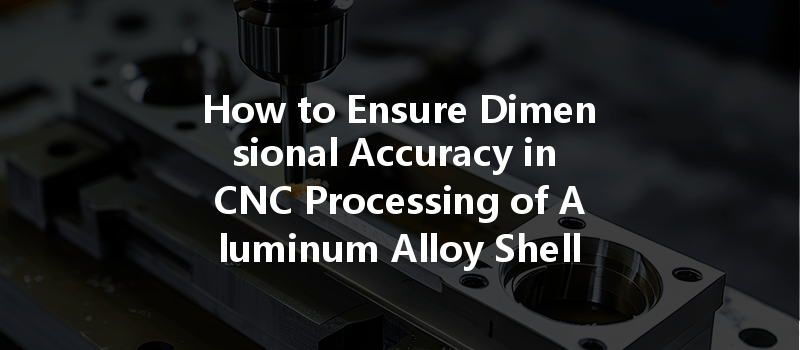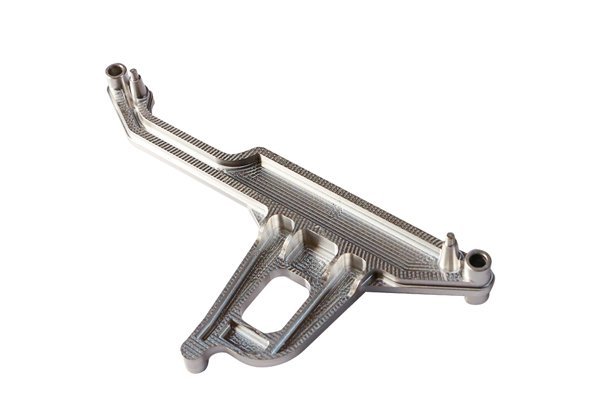In the fast-paced world of manufacturing, dimensional accuracy is not merely a checkbox; it’s the cornerstone of precision engineering. At YL Machining, we understand that being the best in the business means delivering components that don’t just meet specifications but exceed expectations. This detailed guide aims to unravel the importance of dimensional accuracy in CNC (Computer Numerical Control) processing of aluminum alloy shells, presenting methodologies, standards, and advanced practices that not only ensure the precision of your parts but also enhance your production efficiency.
Understanding CNC Machining and Aluminum Alloys
Before diving into the intricacies of dimensional accuracy, let’s establish a foundational understanding of CNC machining and the materials we often work with—aluminum alloys. CNC machining involves using computer-controlled machines to create parts from a range of materials. This technology provides unparalleled precision and repeatability, making it a preferred choice for producing complex components, especially in industries like aerospace, automotive, and electronics.
Aluminum alloys, prized for their lightweight and corrosion-resistant properties, are commonly utilized in various applications. They exhibit excellent machinability, enabling the production of intricate designs while maintaining dimensional integrity. However, achieving this integrity involves a comprehensive understanding of both the material characteristics and machining capabilities.
The Significance of Dimensional Accuracy
Dimensional accuracy pertains to how closely a finished part’s measurements adhere to its specifications. In the realm of CNC processing, this can be expressed through tolerances, which define the acceptable limits of variation in dimensions. Poor dimensional accuracy can lead to:
At YL Machining, we view dimensional accuracy not just as a metric but as a guarantee to our clients that their specifications are respected and understood.
Key Factors Influencing Dimensional Accuracy
One of the primary factors affecting the dimensional accuracy of CNC processed parts is the calibration of the machines. Regular calibration ensures that the tool offsets are correct, thus preventing discrepancies in part dimensions.
Best Practices for Calibration
The type of tool used and its setup plays a vital role in achieving dimensional accuracy. The geometry, material, and condition of the cutting tools can significantly affect the machining process.
Tool Selection Guidelines
Setting appropriate cutting parameters—including feed rate, spindle speed, and depth of cut—can enhance the dimensional accuracy of machined parts.
Optimal Cutting Parameters

The method of securing parts during machining directly influences dimensional accuracy. Insecure workholding can result in movement, causing unwanted deviations.
Workholding Techniques
Incorporating stringent quality control (QC) measures throughout the machining process is crucial in maintaining dimensional accuracy.
QC Strategies
Best Practices to Enhance Dimensional Accuracy
Investing in operator training is essential. Skilled operators understand the machine’s limits and can make real-time adjustments to improve accuracy. At YL Machining, we prioritize continuous education, ensuring our team stays attuned to the newest technologies and methods.
Establish clear documentation for processes, including setup procedures, cutting parameters, and inspection methods. This creates a matrix of guidelines that operators can reference, ensuring consistency and harmony across the production floor.
Embrace a culture of continuous improvement. Conduct regular audits on machining processes, identifying strengths and weaknesses, and always seek to refine methods for greater accuracy. Implementing feedback loops allows teams to adapt and innovate.
Achieving dimensional accuracy in CNC processing of aluminum alloy shells is not a one-time effort but a continuous journey that amalgamates technology, skilled labor, and meticulous planning. By adhering to best practices in calibration, tool selection, cutting parameters, workholding, and quality control, companies can position themselves as leaders in precision manufacturing.
At YL Machining, we are committed to pushing the boundaries of precision and quality. We invite our partners and clients to join us on this journey toward uncompromising excellence—where every machined part is a testament to our dedication to precision and dimensional accuracy. Your success is our mission, and together, we can set the benchmark for quality in CNC machining.
—






